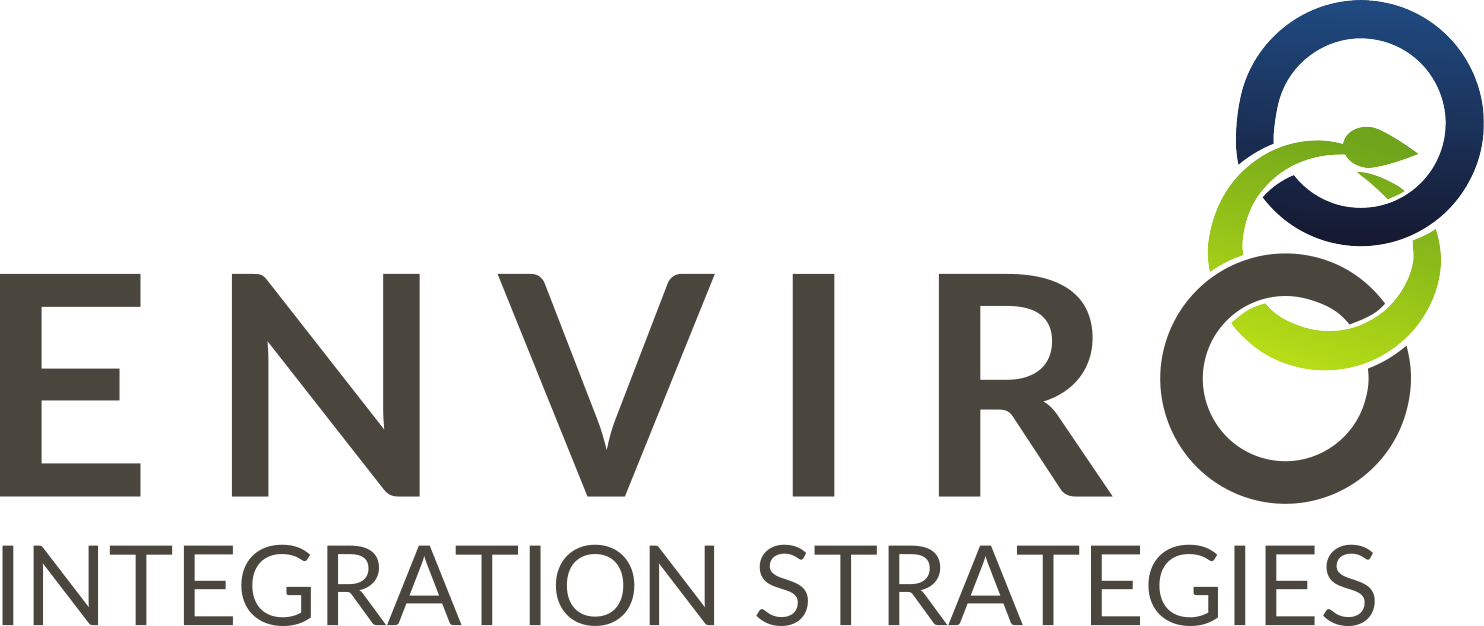Why is Change SO Difficult?
From the moment we are born, we learn and grow by listening, observation, and mimicry. We learn quickly from the “teachers” we have experiences with, that there are unwritten rules in society - authoritative figures, a pecking order.
We learn what values are "right from wrong", and we also are shown the “right way" to do things. In fact, we are tested, graded and rewarded upon these introduced values our entire lives, through elementary, secondary, post-secondary and even beyond into our working careers.
Because we’ve learned to be respective of authoritative figures, including teachers, parents, and industry leaders, we accept what we are taught - we trust that they know what is best and look for further leadership to guide us instead of questioning things as we might have done as a child…Remember all those questions we used to ask, that our children ask us? Why, why, why?
For years, we learn that to follow what is acceptable and well known, is the preference or the norm. Over time, those “corrections” we are continually given tells us to stop asking. It discourages us, pushes us further and further away from the creative, alternative thoughts we might have, diminishing the potential for flexibility, adaptability and innovation. Unfortunate, but true.
Natural Safety Barriers
Next, our personal adaptation is most strongly guided by our need of safety [1].
This is because our strongest, subconscious motivator, our "caveman brain” the amigdula, likes to keep us safe (think survival of the species safe). As a result, we naturally strive to keep patterns in the known, to fit in, to be accepted, because historically, an outcast human being would have been in critical danger - a life or death situation.
And unfortunately, the uncertainty or unknown circumstances that go with change can subconsciously make us feel unsafe. The associated emotions trigger our brains to go into the fight or flight responses that protect us - much quicker than you can logically think about it.
So, it shouldn’t be a surprise when, after time spent in a particular setting, having comfort and familiarity doing things in one way, fear will surface when changes are proposed, particularly sudden ones, or when there are new things we can’t quite understand at the outset. It just doesn’t seem right, and people need to be assured of their personal safety.
But Aren’t we Naturally Adaptable?
Now, interestingly, as we learn about all of these “standards and norms” during development, we are in a constant state of flux, a “continual adaptation" to the situations we are in!
As humans, we are born with innate psychological needs - relation, autonomy, and competence [2]. The relation part also ties directly to safety and why we look for ways to fit in, although it entails much more than that. Our need for autonomy drives us to learn how we can do things so we can be more independent, have control over our lives, to maintain some uniqueness and choice over how we fit in. And the competence piece assures that we can be autonomous and relatable - they are all tied together.
The reality is that these needs, along with our default need of safety, have always been the drivers behind our constant adaptability and growth - and they do not go away as we age. They actually motivate us to learn and grow, and to take actions too.
So what is the difference between the changes we personally go through, and those that we resist or fear?
Situational Perspective
Think about times when you’ve chosen to change your job, or to move to a new city. Obviously the ways we did things in our old job will not be the same as in our new role, and every social setting has its own unique characteristics. But oddly, we do not resist learning these new ways.
We’ve chosen these shifts for some particular reason that made sense to us - there was a purpose. And because of that, we accept and thrive in learning the differences so that we can be seen as part of the new team, the new social networks, to be effective and autonomous, to show that we are competent, capable and “acceptable". We strive to achieve safety as viewed by that new perspective.
Safety, Positive Purpose & Relatedness
Positioning change in a frame of reference that invites alignment and a willingness to contribute, i.e. a positive purpose, improved processes to reduce their stresses, or increases to their satisfaction and happiness at work can do two things:
1. It will provide that vision for a new perspective on “safety” and stop our brains from going into automatic fight or flight mode, and allow our logical thought processes to function.
2. It realigns our subconscious to work for us - to give a new vision to what “fitting in” looks like, on what’s relatable. So our brains will start to look for ways to help get there, to be creative again, and to guide us to take new actions.
In wrapping this up, if we can offer strong, positive reasons for change - that make sense to our people - we can avoid a lot of that default resistance. And to our advantage, if we simply ask our employees, our co-workers, how they might help make the proposed changes happen, they might just make the vision even better.
When will you change how you lead change?
Originally published on https://sparkthechangeindia.com/blog
1. David Rock, Your Brain at Work
2. Susan Fowler, Why Motivating People Doesn't Work...and What Does
Image source: Visual Hunt
Karen Chovan is the Principal of Enviro Integration Strategies. She has worked close to 20 years in the mining sector, giving her insight into the challenges and opportunities for improvements that can be made in operations, projects, and corporate environments. For regular content & training opportunities, follow her here.
